Home>Furniture & Design>Bathroom Accessories>Where To Place A Bathroom Exhaust Fan
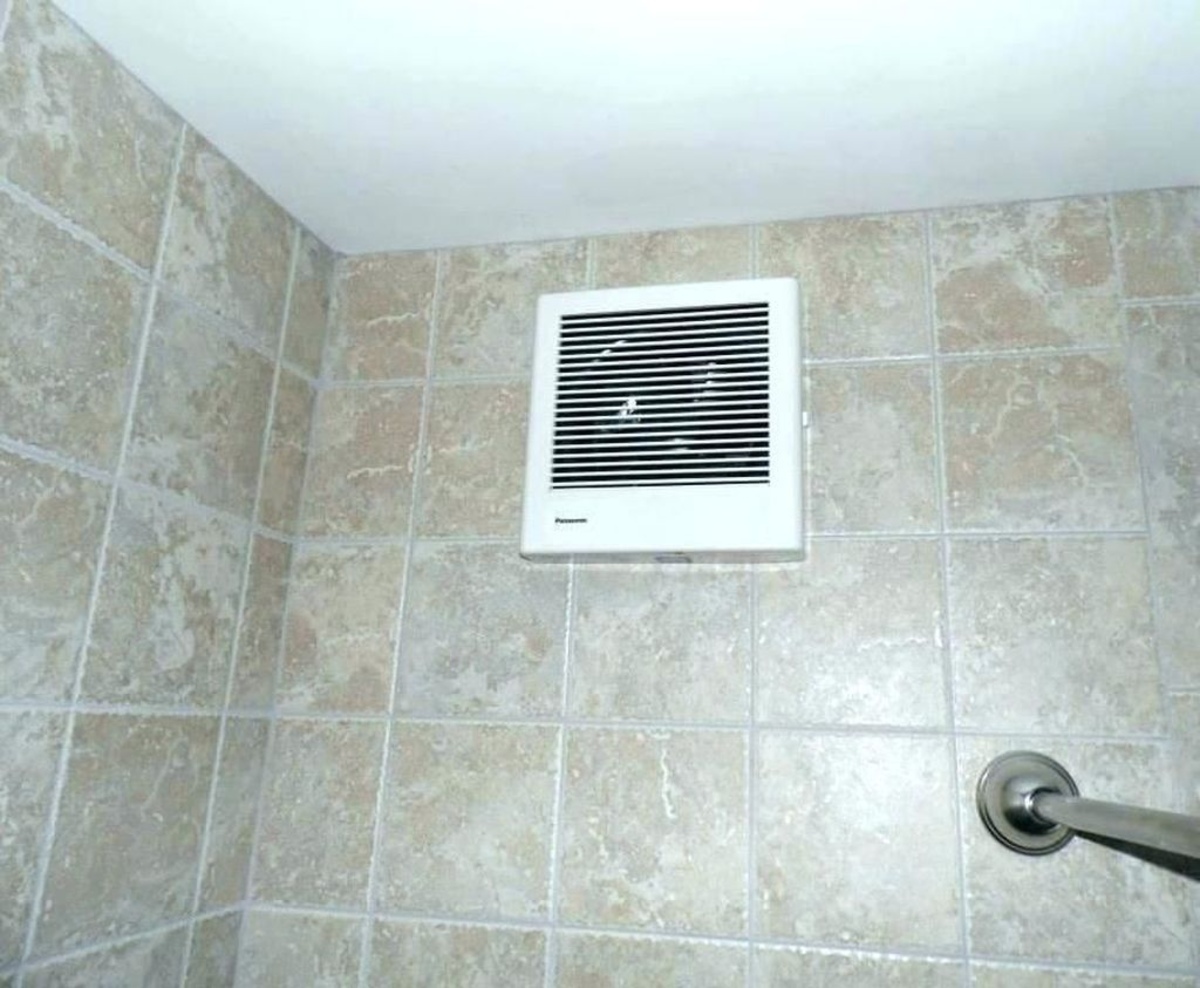

Bathroom Accessories
Where To Place A Bathroom Exhaust Fan
Modified: February 20, 2024
Discover the best location to install a bathroom exhaust fan for optimal ventilation and air quality. Explore essential bathroom accessories and installation tips.
(Many of the links in this article redirect to a specific reviewed product. Your purchase of these products through affiliate links helps to generate commission for Storables.com, at no extra cost. Learn more)
Introduction
When it comes to creating a comfortable and functional bathroom environment, the importance of proper ventilation cannot be overstated. A well-placed bathroom exhaust fan plays a crucial role in maintaining air quality, preventing moisture buildup, and eliminating unpleasant odors. However, determining the ideal location for installing a bathroom exhaust fan is a decision that requires careful consideration.
The placement of a bathroom exhaust fan is not a one-size-fits-all solution. Various factors, such as the bathroom's layout, the size of the space, and the existing ventilation system, must be taken into account to ensure optimal performance. Additionally, local building codes and regulations may dictate specific requirements for exhaust fan placement, further emphasizing the need for thoughtful planning.
In this comprehensive guide, we will explore the key considerations for determining the best location to install a bathroom exhaust fan. By understanding the various options available and the best practices for installation, homeowners and contractors can make informed decisions to enhance the effectiveness and efficiency of their bathroom ventilation systems. Whether you are embarking on a bathroom renovation project or seeking to improve the functionality of an existing space, the insights provided in this article will serve as a valuable resource for achieving a well-ventilated and comfortable bathroom environment.
Key Takeaways:
- Proper placement of a bathroom exhaust fan is crucial for removing moisture and odors. Consider bathroom size, proximity to moisture sources, noise, and building codes for optimal ventilation.
- Ceiling-mounted, wall-mounted, inline, and combination fan/light units offer placement options. Follow best practices for installation to ensure effective ventilation and air quality control.
Read more: What Is An Exhaust Fan
Considerations for Placement
When determining the placement of a bathroom exhaust fan, several crucial considerations come into play. These factors are instrumental in ensuring that the fan effectively removes moisture, odors, and impurities from the air while promoting optimal air circulation within the bathroom space.
1. Bathroom Size and Layout
The size and layout of the bathroom significantly influence the placement of the exhaust fan. In smaller bathrooms, it is essential to position the fan in an area where it can efficiently capture and remove moisture and odors. Additionally, the layout of the space, including the presence of windows and doors, can impact the airflow patterns, necessitating strategic placement to achieve effective ventilation.
2. Proximity to Moisture Sources
Identifying the proximity of moisture sources, such as showers, bathtubs, and sinks, is crucial in determining the optimal placement of the exhaust fan. Placing the fan near these sources ensures that excess moisture is promptly removed, mitigating the risk of mold and mildew growth while maintaining a comfortable humidity level within the bathroom.
3. Accessibility for Ductwork
Considering the accessibility for ductwork installation is vital when selecting the placement of the exhaust fan. Ensuring a clear and direct path for the ductwork to vent the air outside the home is essential for maximizing the fan's efficiency. Additionally, the chosen location should allow for proper sealing and insulation of the ductwork to prevent air leaks and maintain energy efficiency.
Read more: How To Fix Bathroom Exhaust Fan
4. Noise Considerations
The potential noise generated by the exhaust fan is an important factor to consider when determining its placement. Placing the fan away from frequently used areas, such as directly above the shower or near the vanity, can help minimize the impact of operational noise while still effectively ventilating the space.
5. Compliance with Building Codes
Adhering to local building codes and regulations is paramount when deciding on the placement of a bathroom exhaust fan. These codes may specify requirements for fan placement, ductwork installation, and ventilation standards to ensure safety, functionality, and compliance with industry standards.
By carefully considering these factors, homeowners and contractors can make informed decisions regarding the placement of bathroom exhaust fans, ultimately optimizing ventilation and air quality within the bathroom space.
Options for Placement
When it comes to installing a bathroom exhaust fan, several placement options can be considered to achieve effective ventilation and air quality control within the space. Each option offers unique advantages and considerations, allowing homeowners and contractors to select the most suitable placement based on the specific characteristics of the bathroom.
-
Ceiling-Mounted Exhaust Fans:
Ceiling-mounted exhaust fans are a popular choice for many bathrooms, offering efficient ventilation while seamlessly integrating into the ceiling space. These fans are typically positioned in the center of the bathroom ceiling, allowing for uniform air circulation and moisture removal. Ceiling-mounted fans are ideal for bathrooms with limited wall space or when a centralized ventilation solution is desired. -
Wall-Mounted Exhaust Fans:
Wall-mounted exhaust fans provide an alternative placement option, particularly in bathrooms where ceiling installation may be impractical or aesthetically challenging. By positioning the fan on an exterior wall, near moisture sources such as showers or tubs, wall-mounted fans effectively remove humid air and odors while minimizing the need for extensive ductwork. -
Inline Exhaust Fans:
Inline exhaust fans offer a versatile placement solution by being installed within the ductwork, typically in the attic or ceiling space. This option is beneficial for bathrooms with space constraints or when a more discreet ventilation system is desired. Inline fans efficiently remove air from the bathroom and expel it outside, contributing to effective moisture control and air quality improvement. -
Combination Fan/Light Units:
Combination fan/light units provide a dual-purpose solution for bathroom ventilation and lighting. These units are often installed in the ceiling, offering the convenience of integrated lighting and ventilation in a single fixture. By strategically placing combination fan/light units, homeowners can optimize both illumination and air circulation within the bathroom space. -
Over-the-Range Exhaust Fans:
In bathrooms with limited space or when ventilation near a vanity or range is necessary, over-the-range exhaust fans offer a practical placement option. These fans are designed to remove odors and moisture generated during activities such as cooking or grooming, providing targeted ventilation while minimizing visual obtrusion within the bathroom.
By considering these placement options and their respective benefits, homeowners and contractors can make informed decisions to effectively address the ventilation needs of their bathrooms. Each option presents unique advantages, allowing for tailored solutions that prioritize air quality, moisture control, and overall comfort within the bathroom environment.
Best Practices for Installation
Ensuring the successful installation of a bathroom exhaust fan involves adhering to best practices that optimize its performance, longevity, and overall effectiveness in maintaining air quality and moisture control within the bathroom space. By following these best practices, homeowners and contractors can achieve a well-ventilated and comfortable environment while mitigating potential issues associated with improper installation.
-
Accurate Sizing: Selecting the appropriate fan size based on the bathroom's square footage is essential for effective ventilation. Calculating the required airflow capacity ensures that the fan can efficiently remove moisture and odors, preventing issues such as mold growth and stagnant air.
-
Proper Ventilation Path: Establishing a clear and direct ventilation path for the exhaust air to exit the home is crucial. This involves installing ductwork that allows for efficient air movement while preventing backdrafts and ensuring proper exterior venting to minimize the risk of moisture buildup within the walls.
-
Secure Mounting: Securely mounting the exhaust fan to the ceiling or wall is imperative to prevent operational issues and maintain stability. Proper mounting minimizes vibration and noise while ensuring that the fan functions optimally without compromising its structural integrity.
-
Sealed Ductwork: Sealing the ductwork to prevent air leaks is essential for maintaining energy efficiency and preventing the infiltration of unconditioned air into the home. Properly sealed ducts contribute to the fan's ability to effectively remove humid air and maintain consistent airflow.
-
Electrical Safety: Adhering to electrical safety standards during installation is paramount. This includes ensuring proper wiring, grounding, and compliance with local electrical codes to prevent hazards and ensure the safe and reliable operation of the exhaust fan.
-
Moisture-Resistant Materials: Using moisture-resistant materials for the fan housing and ductwork helps mitigate the impact of moisture and humidity on the components. This safeguards against deterioration and prolongs the lifespan of the exhaust fan, contributing to long-term functionality.
-
Professional Installation: For complex installations or when unfamiliar with the process, seeking professional assistance from experienced contractors or electricians is advisable. Professional installation ensures that the exhaust fan is properly integrated into the bathroom environment, optimizing its performance and functionality.
By incorporating these best practices into the installation process, homeowners and contractors can effectively position and integrate the bathroom exhaust fan to achieve optimal ventilation and air quality control. Embracing these guidelines not only enhances the functionality of the exhaust fan but also contributes to the overall comfort and well-being of individuals utilizing the bathroom space.
Read more: How To Choose Bathroom Exhaust Fan
Conclusion
In conclusion, the placement of a bathroom exhaust fan is a critical element in creating a well-ventilated and comfortable bathroom environment. By carefully considering factors such as bathroom size and layout, proximity to moisture sources, accessibility for ductwork, noise considerations, and compliance with building codes, homeowners and contractors can make informed decisions to optimize the effectiveness of the exhaust fan. Additionally, exploring the various placement options, including ceiling-mounted, wall-mounted, inline, combination fan/light units, and over-the-range exhaust fans, provides flexibility in addressing the unique ventilation needs of different bathrooms.
Adhering to best practices during the installation process, such as accurate sizing, establishing a proper ventilation path, securing mounting, sealing ductwork, ensuring electrical safety, utilizing moisture-resistant materials, and seeking professional installation when necessary, contributes to the long-term functionality and performance of the exhaust fan. These practices not only enhance air quality and moisture control but also promote energy efficiency and safety within the bathroom space.
Ultimately, the strategic placement and proper installation of a bathroom exhaust fan play a pivotal role in mitigating moisture-related issues, preventing mold and mildew growth, eliminating odors, and maintaining a comfortable humidity level. By prioritizing effective ventilation, homeowners can create a welcoming and healthy bathroom environment that enhances the overall well-being of occupants.
Whether embarking on a bathroom renovation project or seeking to improve the functionality of an existing space, the insights provided in this guide serve as a valuable resource for achieving optimal ventilation and air quality control. By integrating thoughtful placement considerations, exploring placement options, and embracing best practices for installation, individuals can elevate the functionality and comfort of their bathrooms while ensuring a pleasant and refreshing experience for all who utilize the space.
Frequently Asked Questions about Where To Place A Bathroom Exhaust Fan
Was this page helpful?
At Storables.com, we guarantee accurate and reliable information. Our content, validated by Expert Board Contributors, is crafted following stringent Editorial Policies. We're committed to providing you with well-researched, expert-backed insights for all your informational needs.
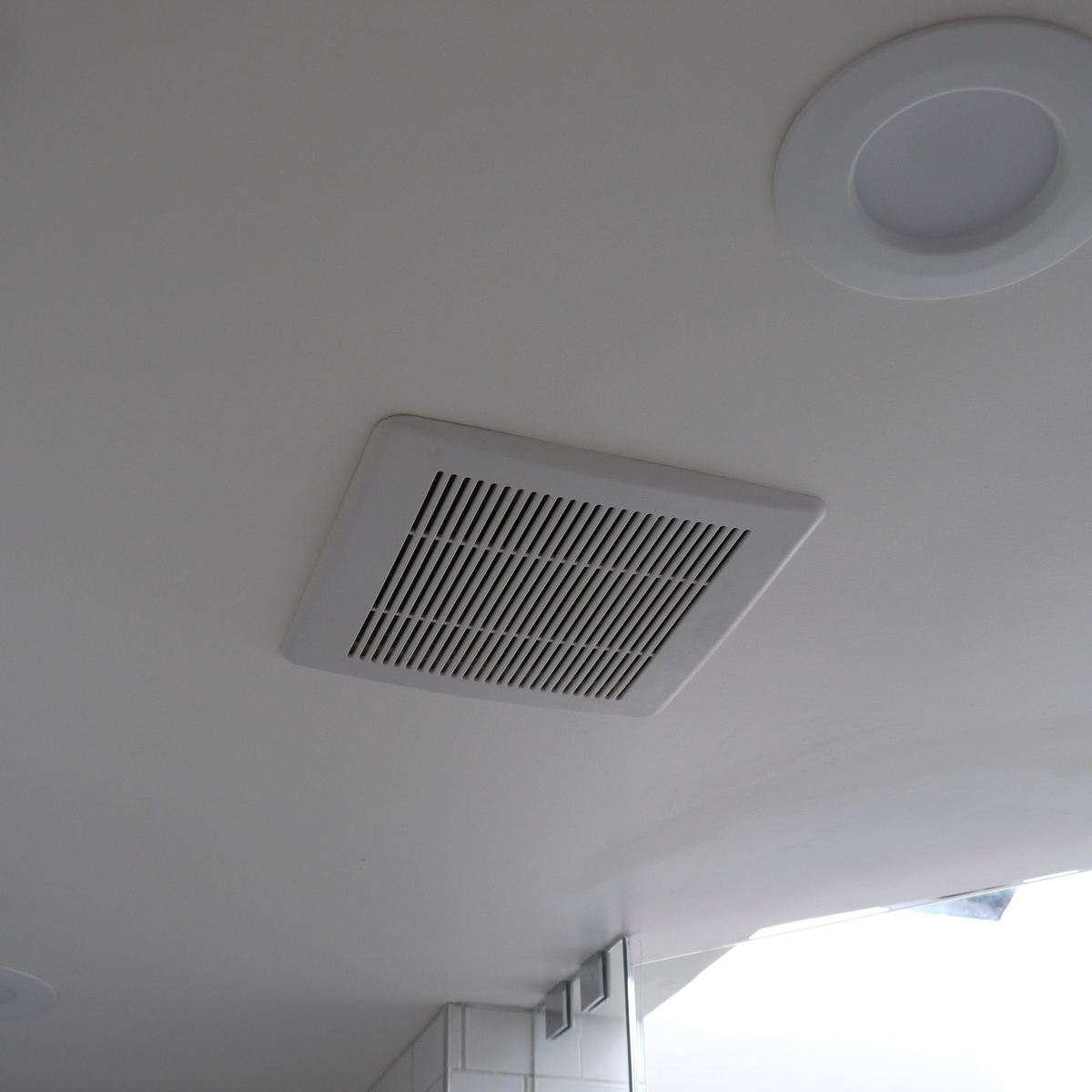
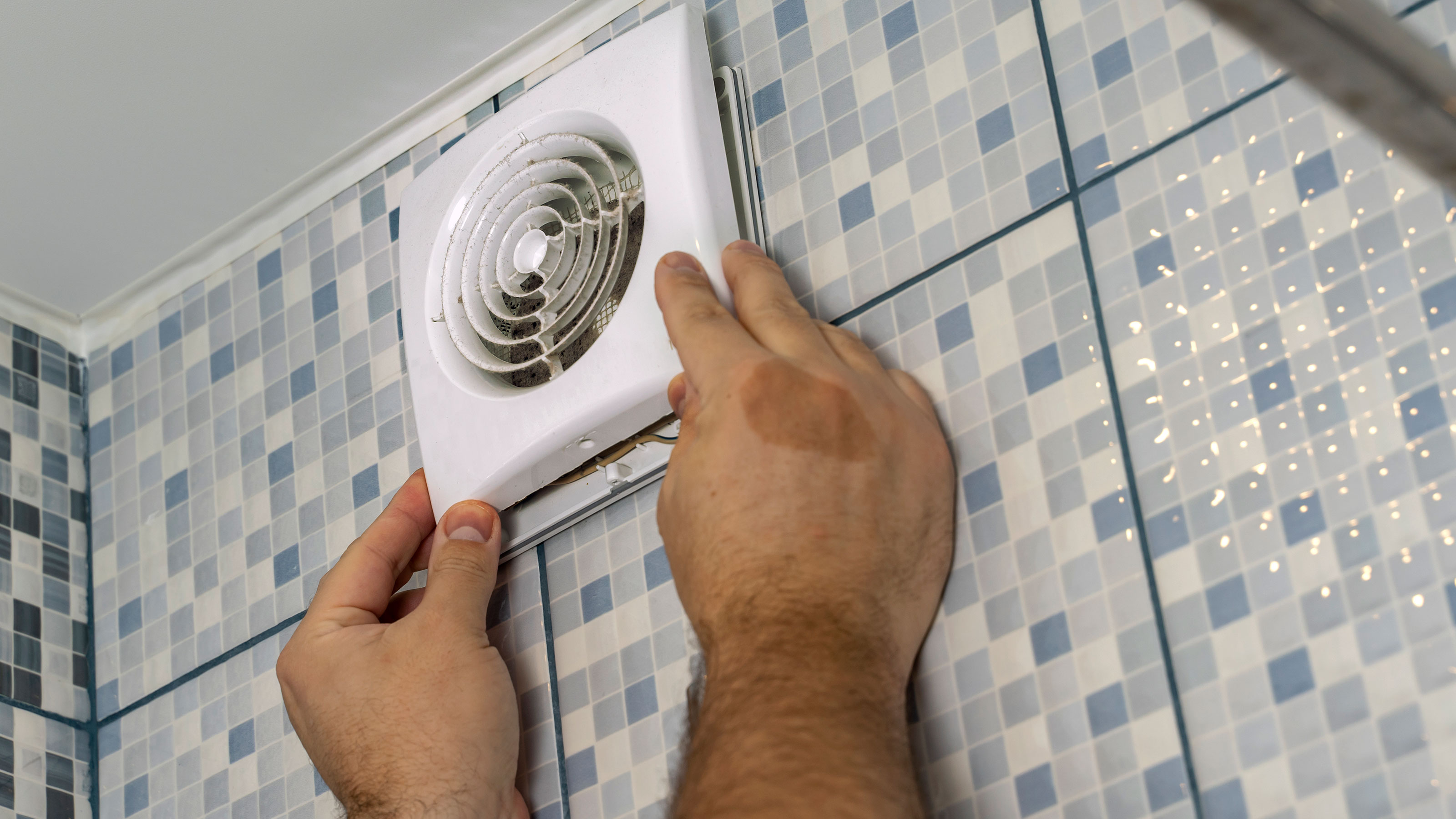
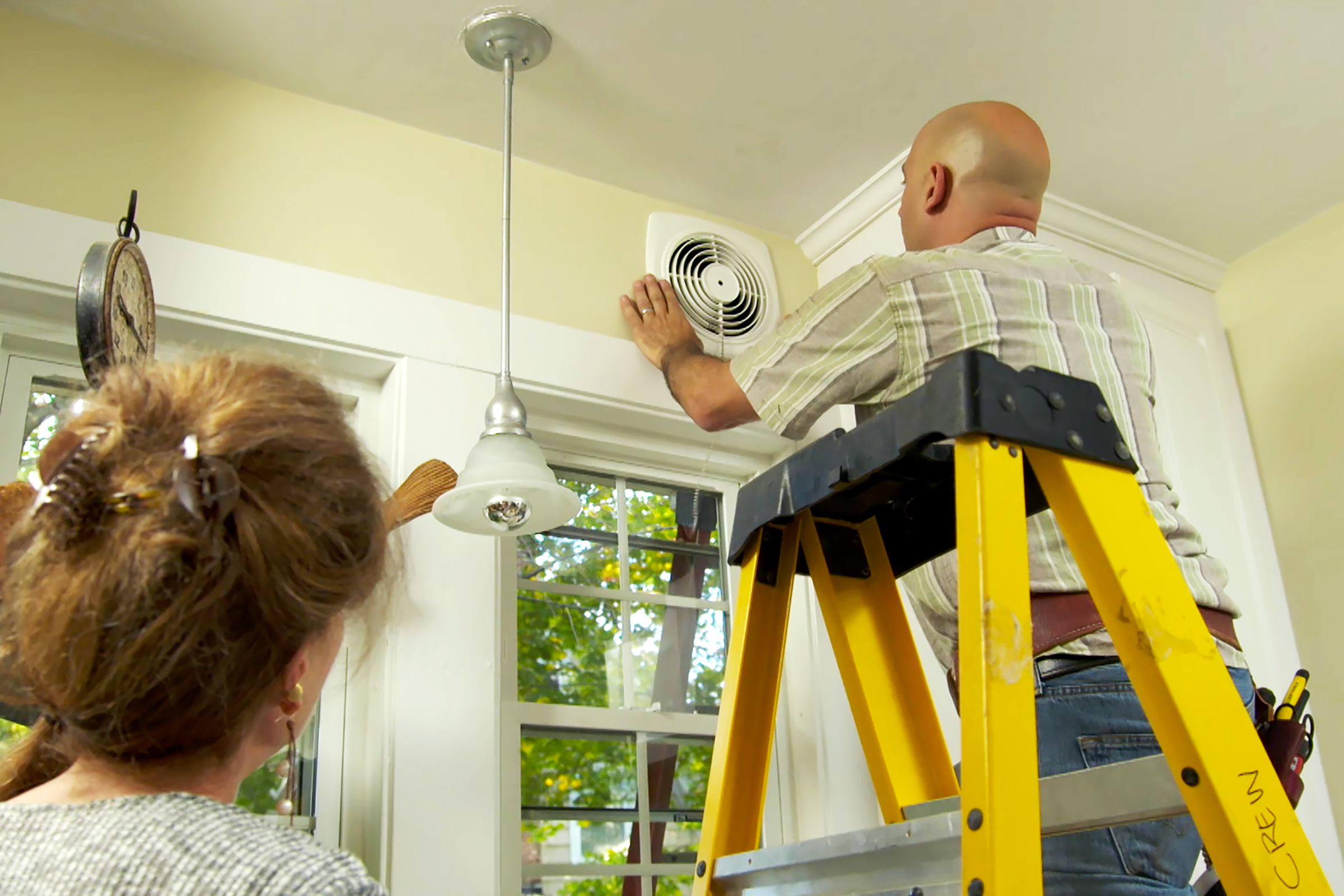
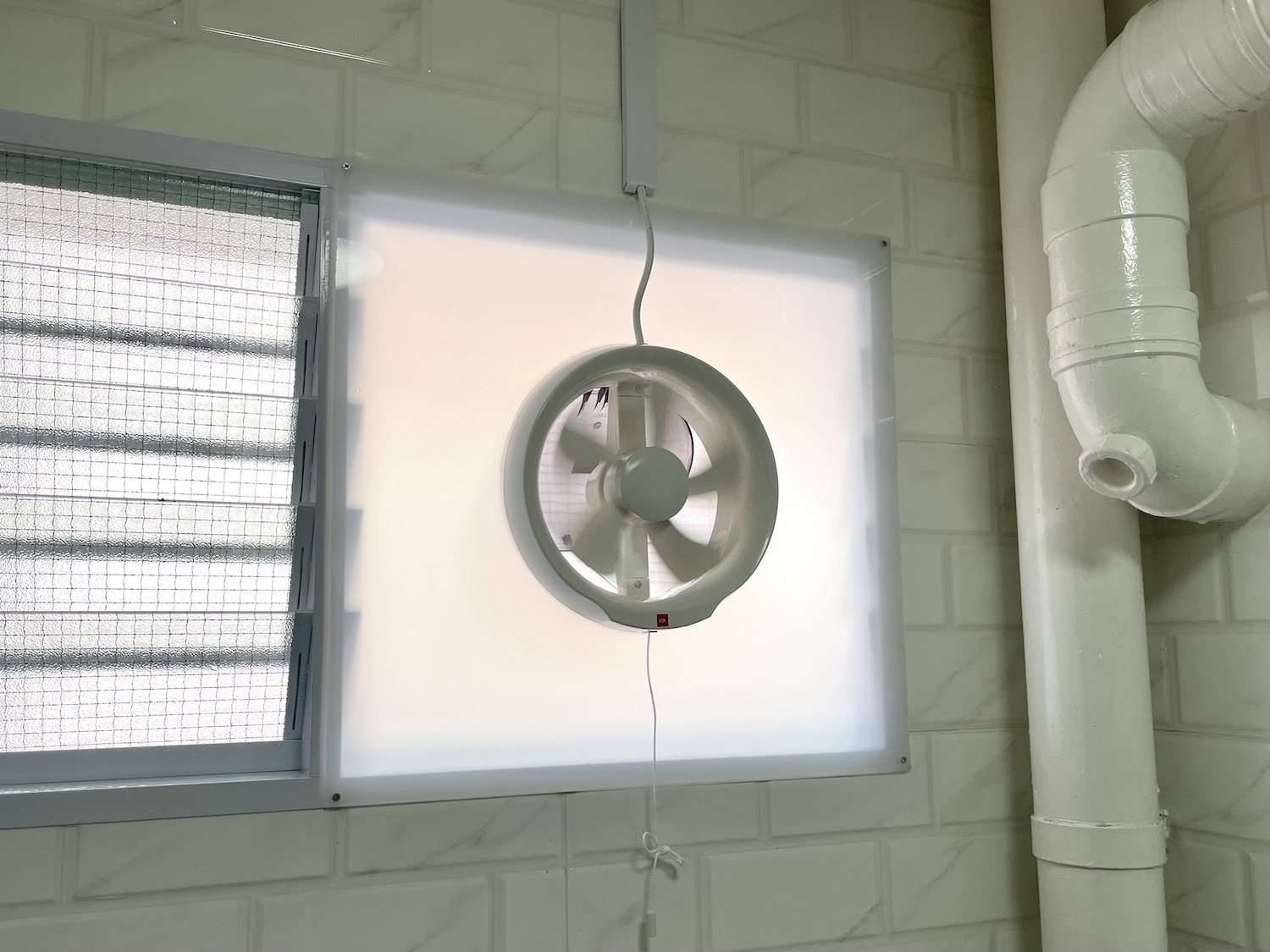
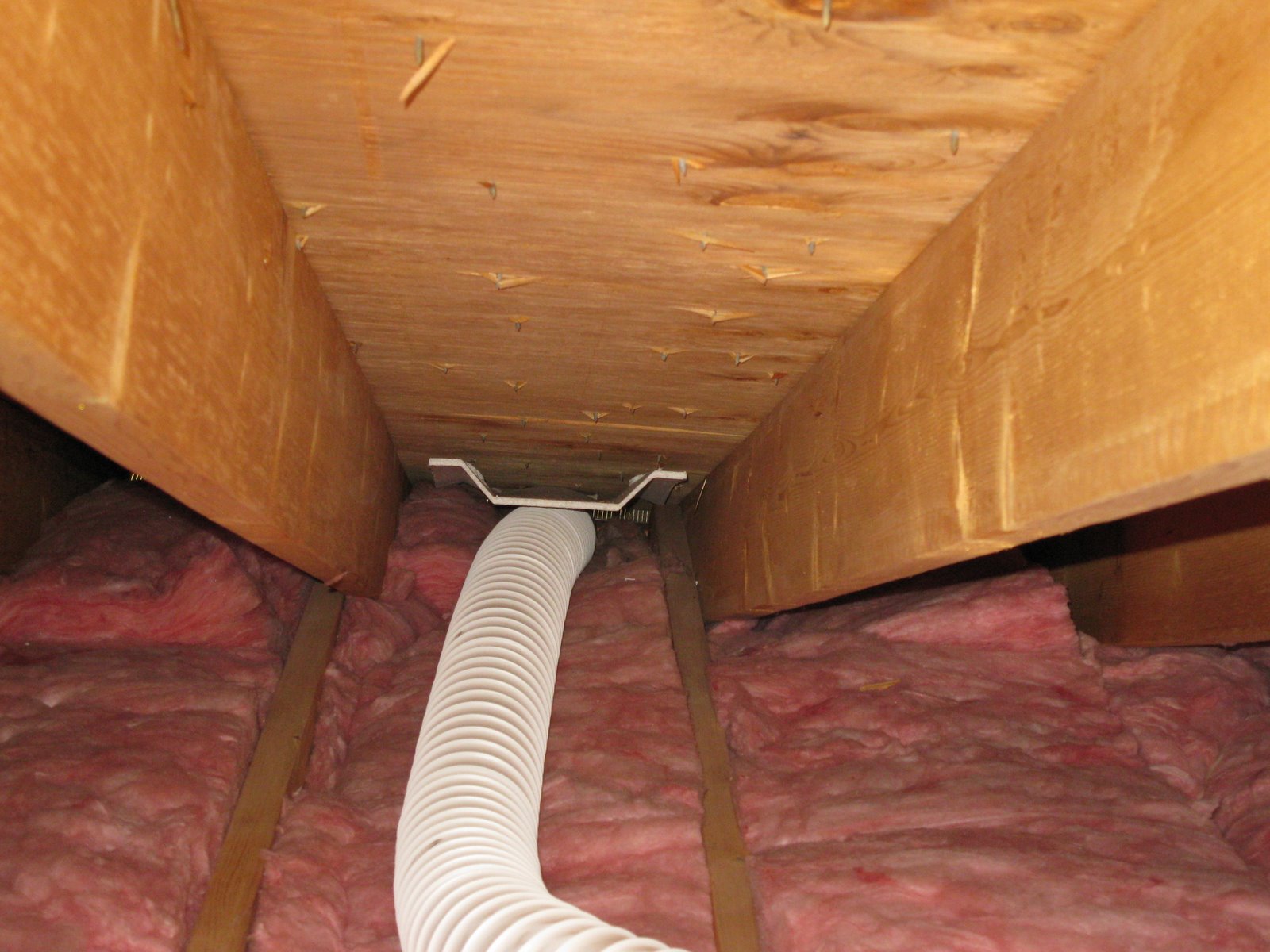
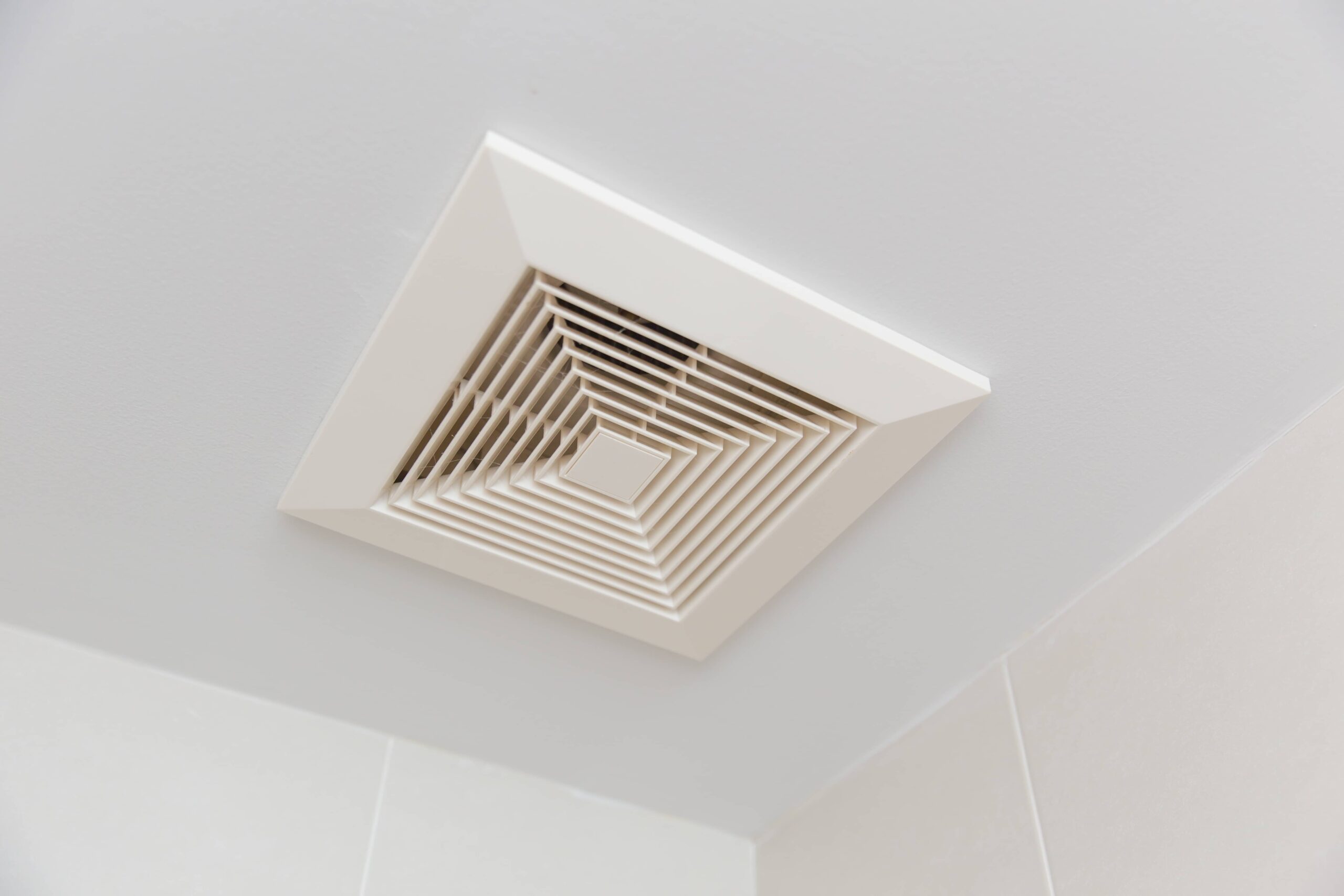
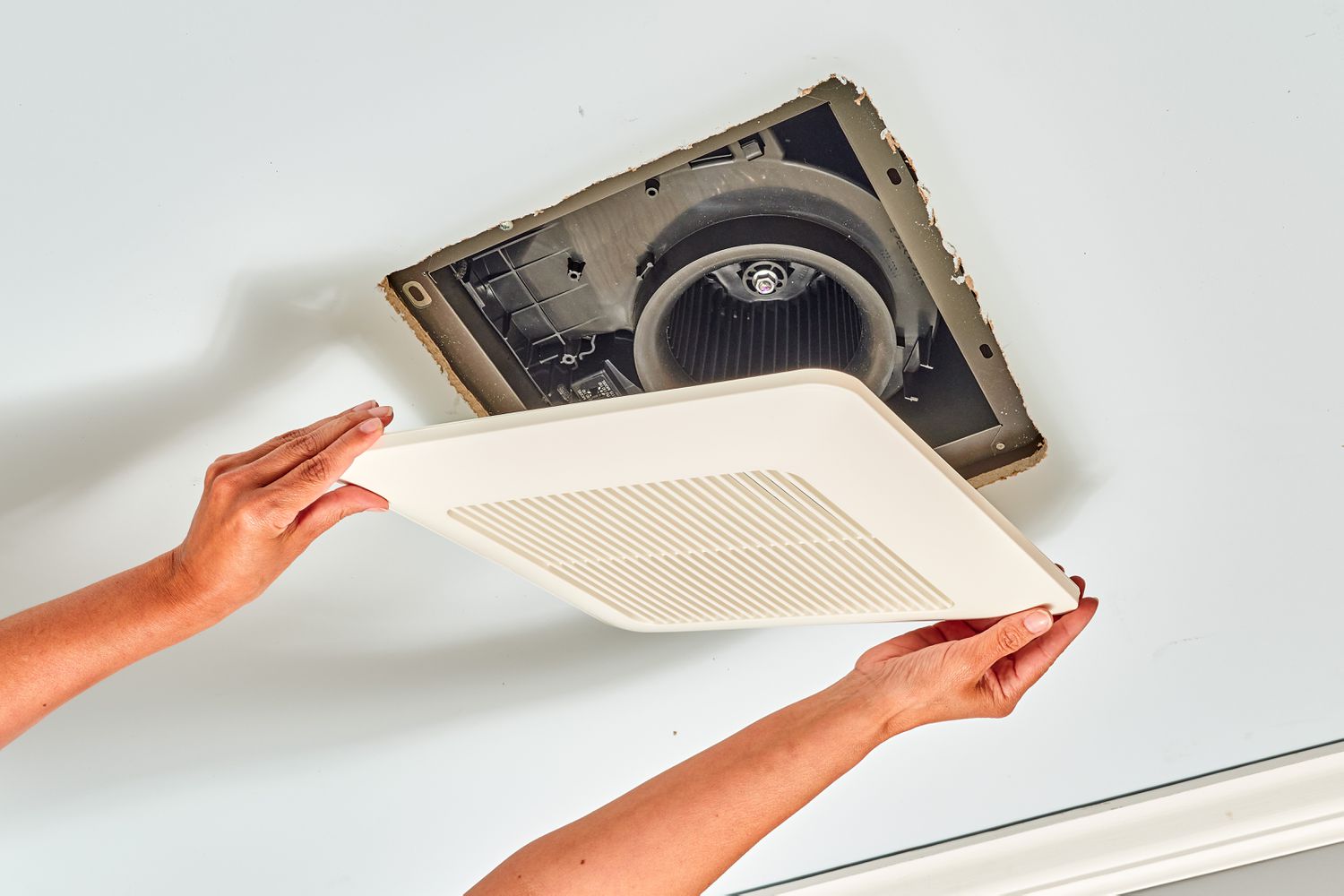
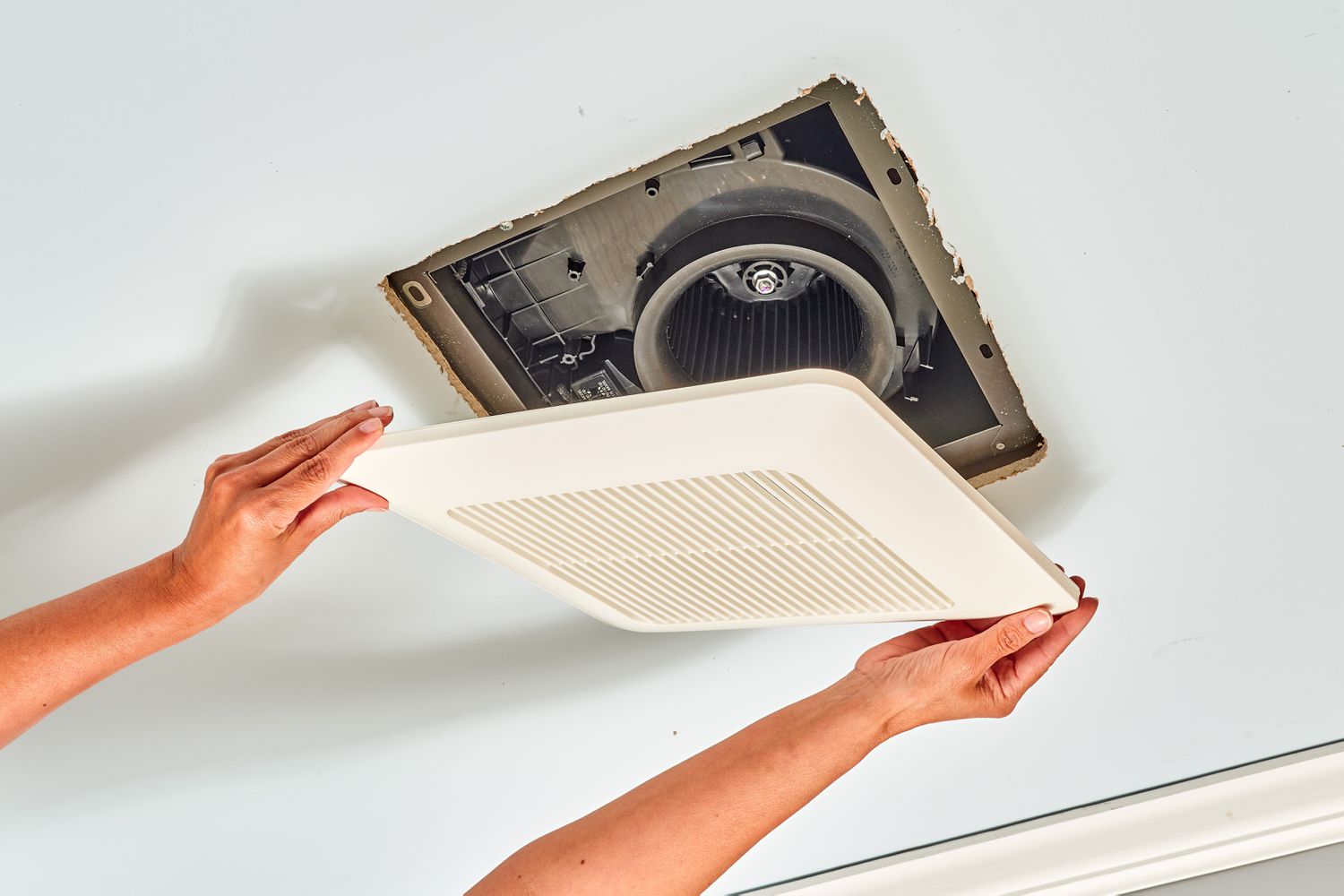
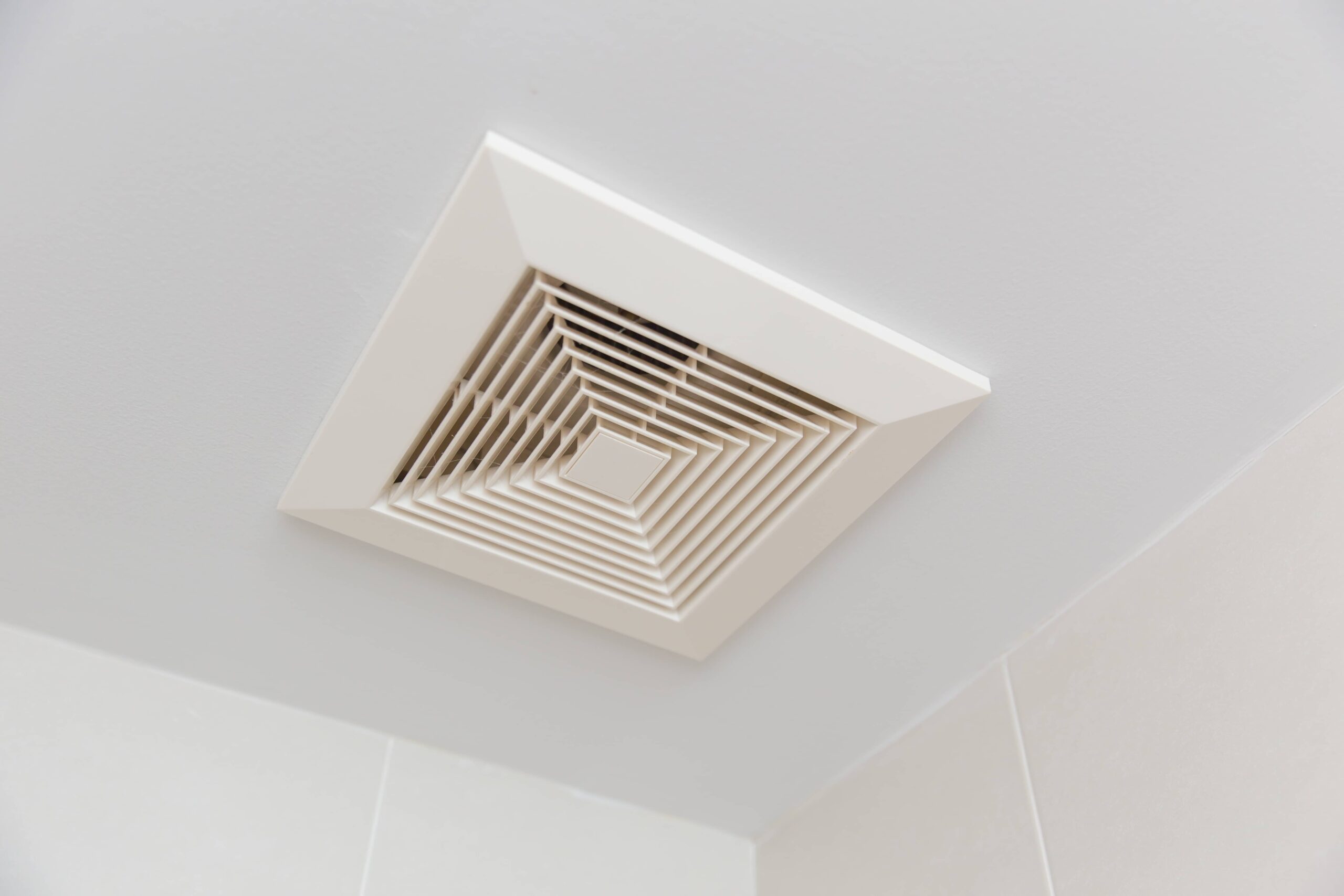
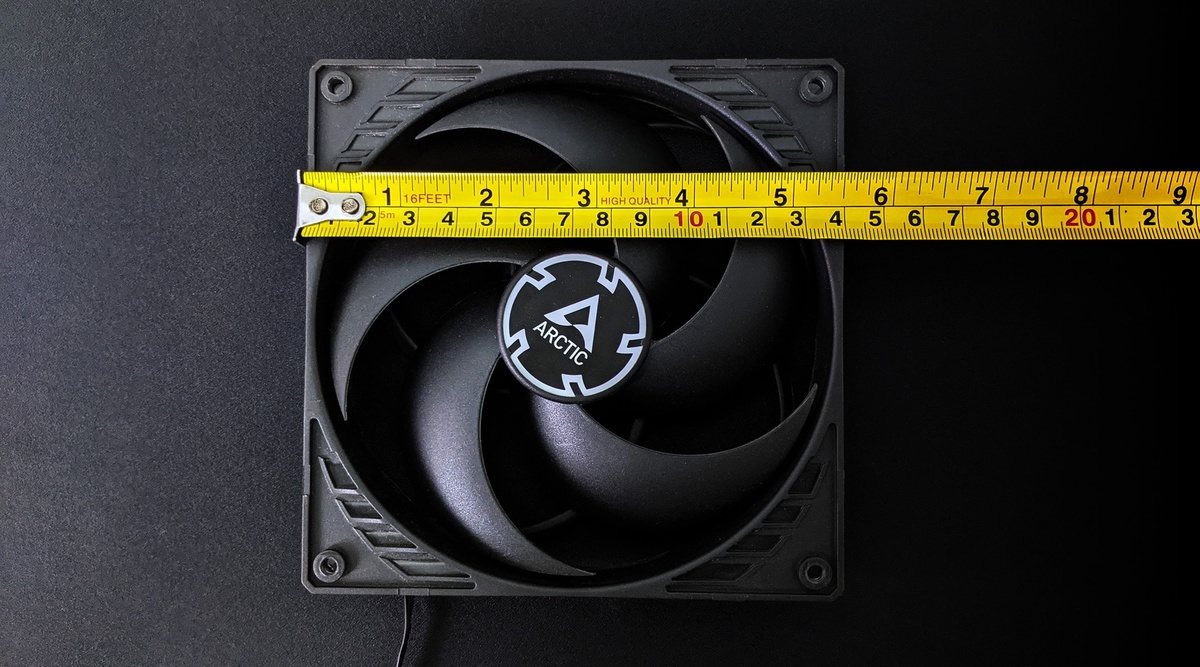


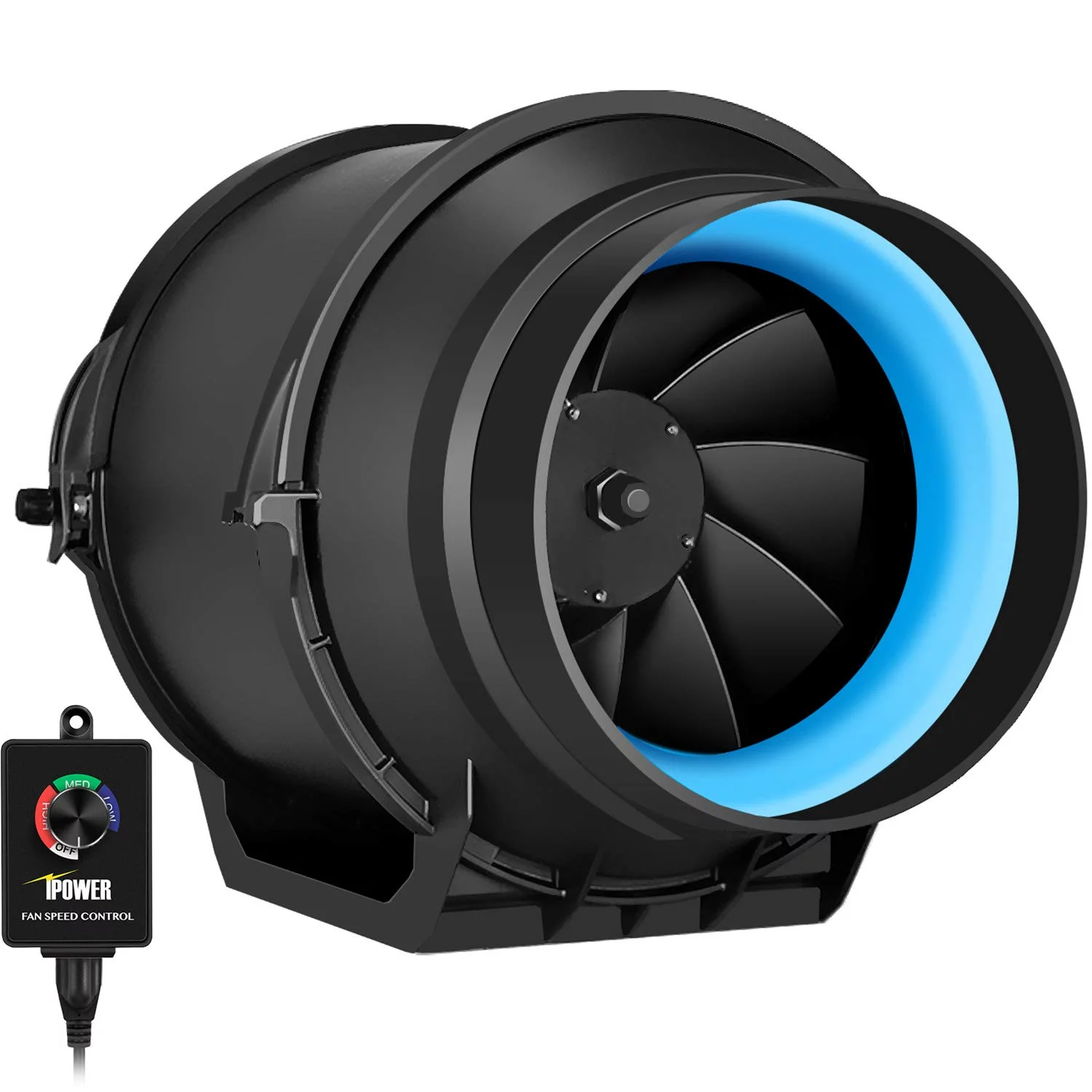

0 thoughts on “Where To Place A Bathroom Exhaust Fan”